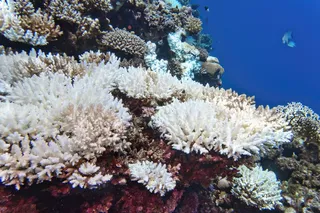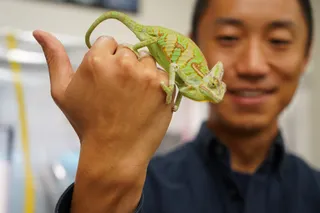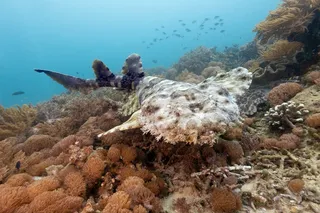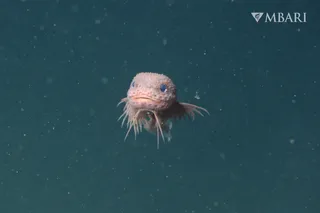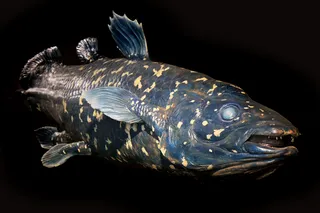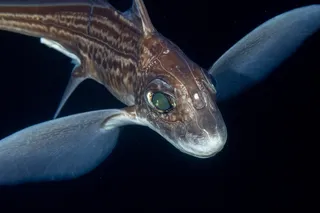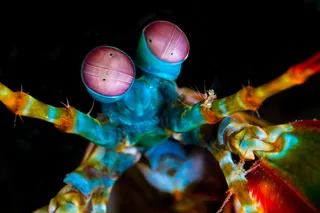The era of genetic sequencing has revealed as much about the ties that bind us to other animals as the differences that set us apart. Often, comparing the genomes of different species shows that large changes in body size, shape and form are not mirrored by similar changes at a genetic level. New adaptations typically come about through small changes that redeploy existing genes to different ends, rather than raw innovation.
Snakes are an exception. A new study by Todd Castoe and Zhi Jiang at the University of Colorado has shown that the lifestyle of serpents is so unique that some of their core proteins, which vary very little in other animal species, have gone through massive changes. These bursts of evolution have been so dramatic that Castoe and Jiang refer to them as "evolutionary redesigns".
The proteins in question are all involved in aerobic metabolism, the breakdown of molecules ...


